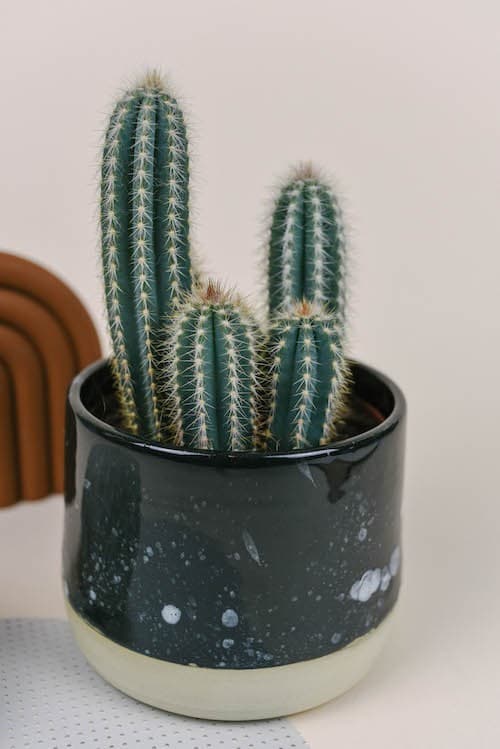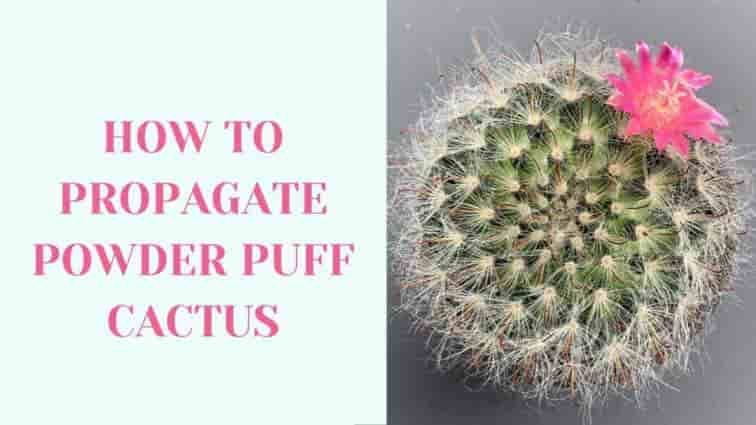When growing Pilosocereus Cacti you should know that it is a genus of cacti that are distributed all around Mexico, Brazil, and the Caribbean. Containing several varieties, Pilosocereus contains many cactus that are widely used in agriculture and some that are so uncommon outside of botanical outlets that they are almost unknown. One of the most common houseplants is the genus P. pachycladus, it is one of the main cacti sold in wholesale.
The Brazilian specimen has a branched form and even so it mostly flowers at night, most readily identifiable by its beautiful bright blue skin, supplemented by its bright yellow spines. Pilosocereus cacti are almost always shrubby or tree-like and blue skin is also found in several other plants. Flowers are formed like pipes and often blue as well, creating fleshy fruits. In growth, they are cultivated mostly in glasshouses owing to their size and need for winter heating. Thanks to their spiny aureoles, many of which have silver spines, their name derives from the Latin for “hairy cereus”.

Picture via plantcircle
Although this large-sized, P. pachyclaudus is most commonly cultivated domestically in tropical areas. That is mostly due to the Pilosocereus cacti beauty. Gardeners with a suitable climate and sufficient space should examine cacti from this genus. Lets continue learning about how you can grow Pilosocereus cacti.
Pilosocereus Cacti Varieties
Beyond just P. pachycladus, there are also many fascinating Pilosocereus cacti, which are sometimes mentioned by some articles as P. azureus. For eg, P. gounellei, also originally from Brazil, has an unusual forked branching habit and therefore can develop up to 14 feet tall, whilst the “Woolly Torch,” or P. leucocephalus, have thick white hair that develops amongst its spines and all over its legs.
Are your succulents dying? Do you need urgent help to keep them alive? Don’t worry! This ebook will solve the problems. I shared all my secrets related to how to water succulents with you.
Pilosocereus Cacti Care
These would be robust, fast-growing cactus which require regular water and fertilizer to perform at their best. Remember to keep them warm in winter, and plant them in a position that has plenty of room, because these columnar cactus can eventually grow to be quite tall. Always, ensure that their soil drains well— poor drainage will result in plant death for most cactuses. P. pachycladus is best known as a simple, tolerant cactus that really can grow with minimal input from you, and perhaps most tropical gardeners wouldn’t have trouble with it. With best results, keep an eye out for rodents such as mealybugs and red spider mites, and water regularly.










